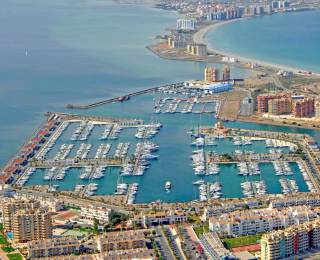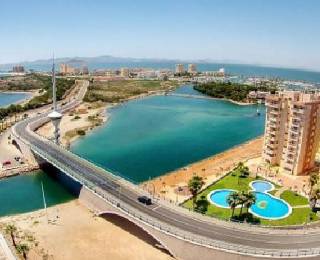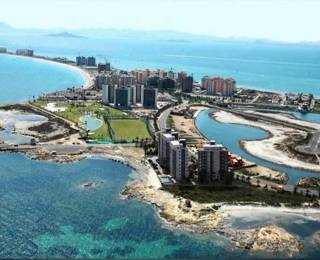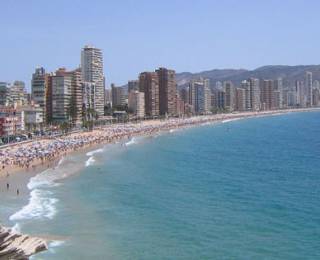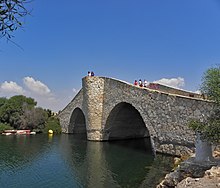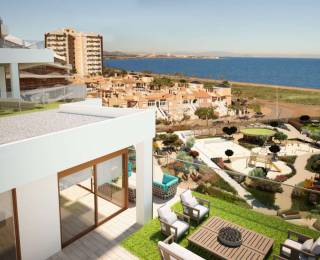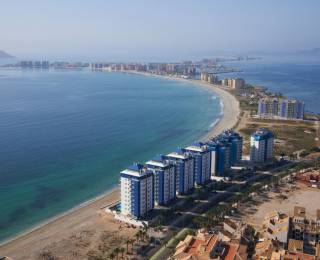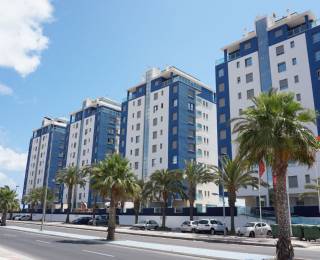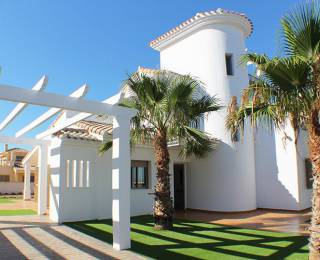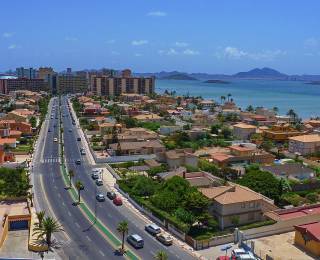La Manga
Gestalihome sells homes in La Manga del Mar Menor,
a Spanish town located on a coastline located in the southeast of the Iberian Peninsula, in the Region of Murcia.
It belongs to the municipalities of Cartagena in its southern part and San Javier in its northern part, which have formed a consortium to administer the area.
The coastal cord of La Manga forms a spit of land that is 21 km long and extends from Cabo de Palos to the Salinas and Arenales de San Pedro del Pinatar. With a width between 100 and 1200 m it partially separates the Mediterranean Sea from the Mar Menor.
Some areas have been protected and it is possible to get a certain idea of what the original landscapes of La Manga del Mar Menor were:
The Salinas y Arenales de San Pedro del Pinatar natural park is located on the northern limit of La Manga and is the best representative space of the various ecosystems that formed this coastal cord in ancient times. It is protected with the category of natural park, as well as a Site of Community Importance and a Special Protection Area for Birds within the Natura 2000 Network of the European Union.
The Marchamalo salt flats are located at the southern end of La Manga and are included within the so-called open spaces and islands of the Mar Menor, protected with the category of natural park, as well as SCI. The salt flats are the habitat of an endemic fish from the southeast in danger of extinction, the fartet, and are home to populations of different aquatic birds, such as the flamingo or the adouin's gull.
Among the vegetation that is protected in this space, the halophytic species that grow on saline soils stand out, such as sea lettuce, Sosa alacranera or asparagus from the Mar Menor, in critical danger of extinction.
On the beach of Las Amoladeras, also included within the open spaces and islands of the Mar Menor, a minimum remainder of the old typical vegetation of the dunes is protected, with species typical of these ecosystems such as the sea horn, yellow immortelle, the bark (Ammophila arenaria), the maritime lily or thistle.
In 2012, environmental restoration tasks were carried out in this area of Las Amoladeras, which included the removal of invasive species, mainly acacias, and the planting of numerous specimens of juniper from the dunes that had disappeared from this area since ancient times, and mastic.










